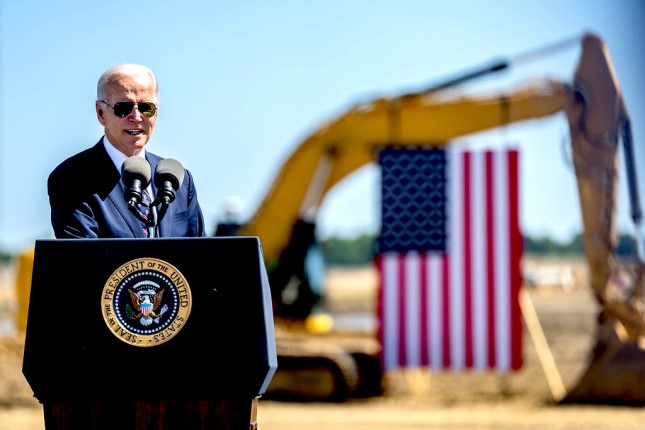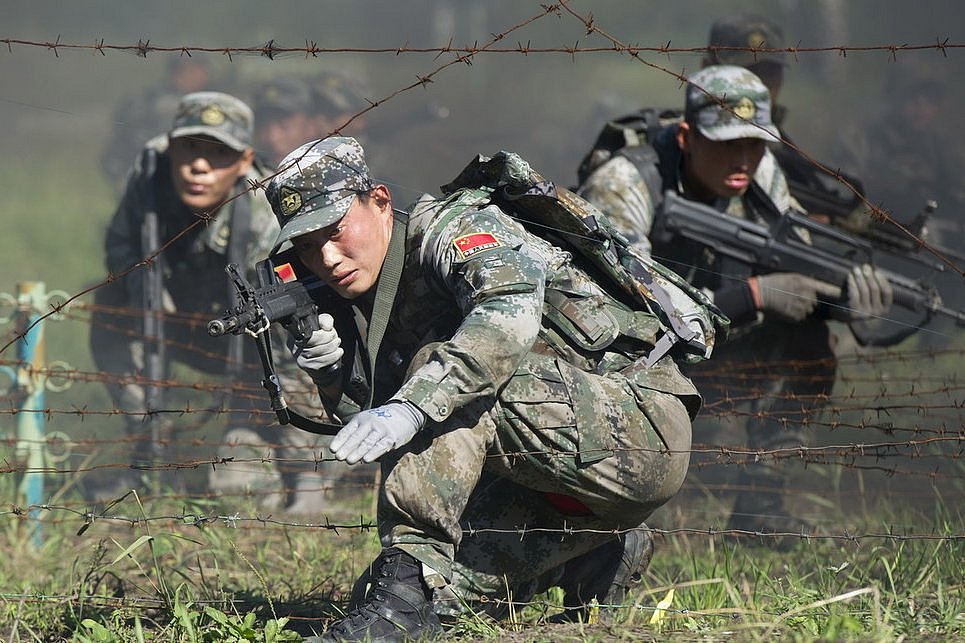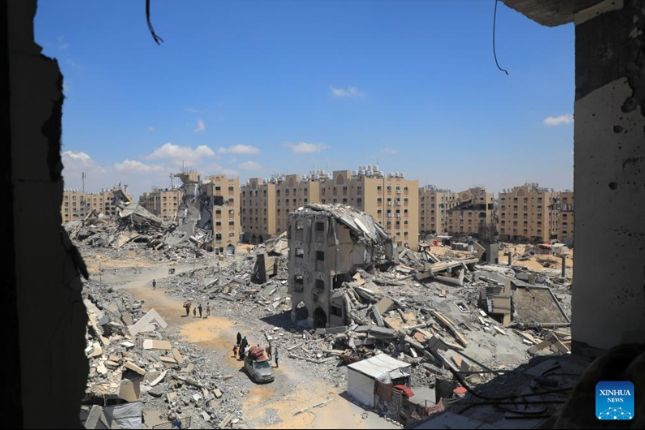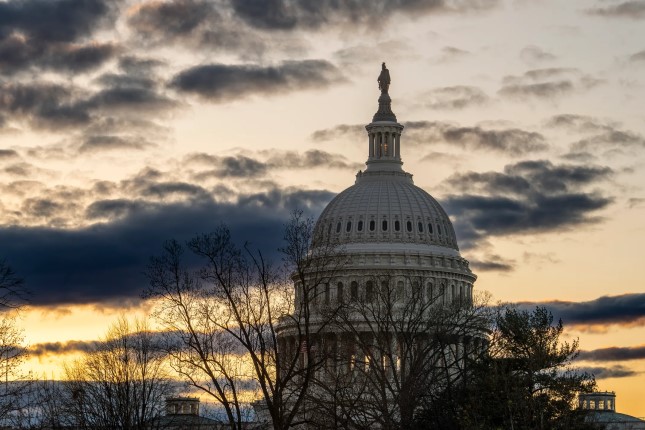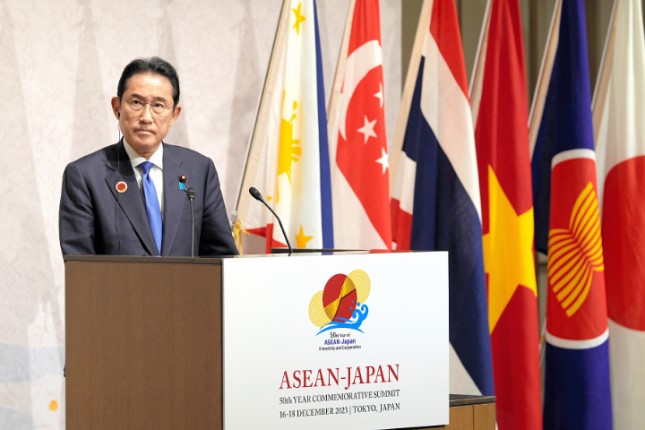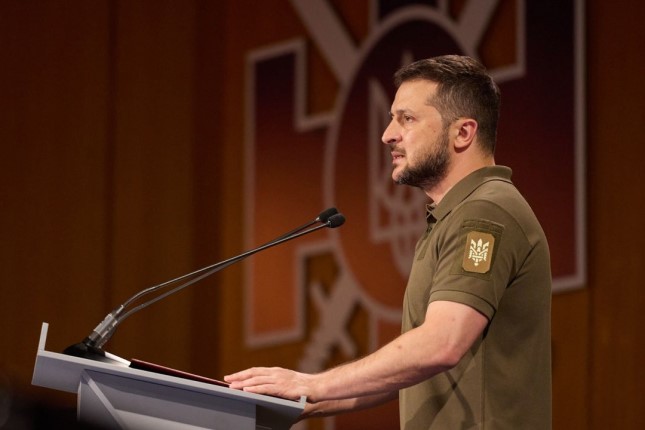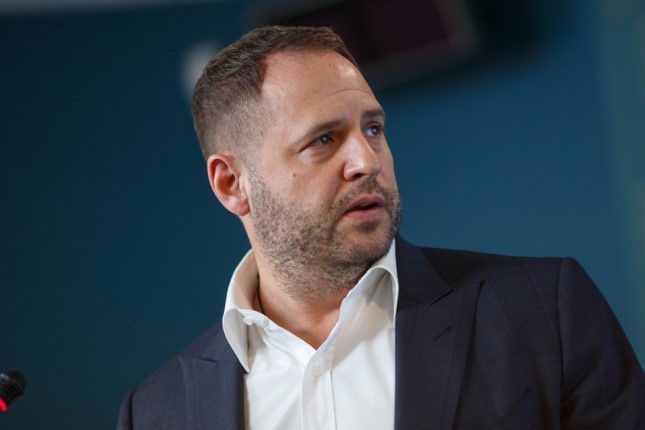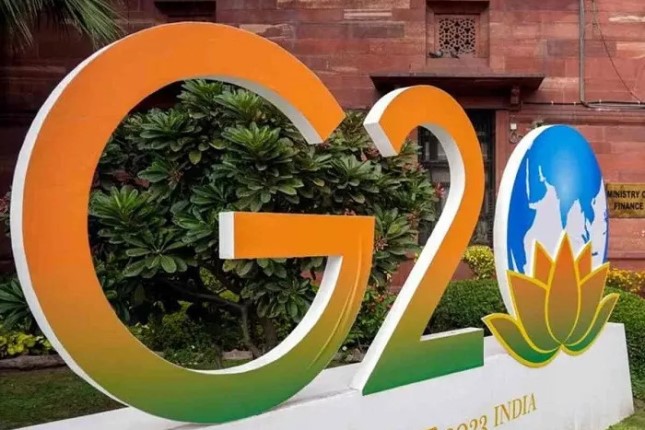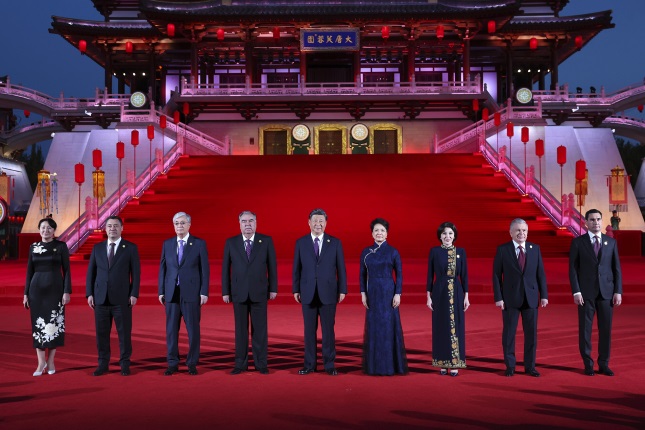Pundits are struggling to comprehend President Joe Biden’s industrial policy.
Whether it’s the extensive subsidies for American firms to engage in renewable energy production in the Inflation Reduction Act, or the combination of export controls and support for companies in the U.S. and Europe to make semiconductors, fears abound that the rule-based, multilateral global world order is in its death throes as the U.S. has made excluding China principal among its economic policy objectives.
Yet looking at history, we see that the rules of this order often featured America forging alliances to exclude some and privilege others.
In fact, the idea that a liberal, rule-based world order has been inclusive and fair is more fantasy than reality. Recognizing this is key if we really want to create economic institutions that are equitable and truly global, instead of exploitative and hierarchical.
Creating the IMF & World Bank
The institutional pillars of what we consider central to the liberal world order — the International Monetary Fund and World Bank — were created in 1944 at Bretton Woods, New Hampshire, where delegates from 44 countries met to discuss what the world economy should look like after World War II.
Participants created the IMF with the purpose that the institution would finance countries with debt problems to avoid the pitfalls of inflation, while the World Bank would invest in particular development projects such as building dams or expanding literacy. For even more stability, it was also determined that one ounce of gold would equal $35, making the U.S. dollar the default currency of world commerce.
Meanwhile, the initial moves concerning economic development in the immediate post-war period came with the Marshall Plan, which ran from 1948 to 1951 and took its name from the U.S. Secretary of State George Marshall.
But here’s the catch—these post-war developments excluded the Soviet Union as they sought to grow U.S. power.
Concerning Bretton Woods institutions, while the Soviets attended the conference in 1944, Joseph Stalin ultimately decided against joining the IMF and World Bank. As the Cold War heated up, they were excluded for the next 40 years.
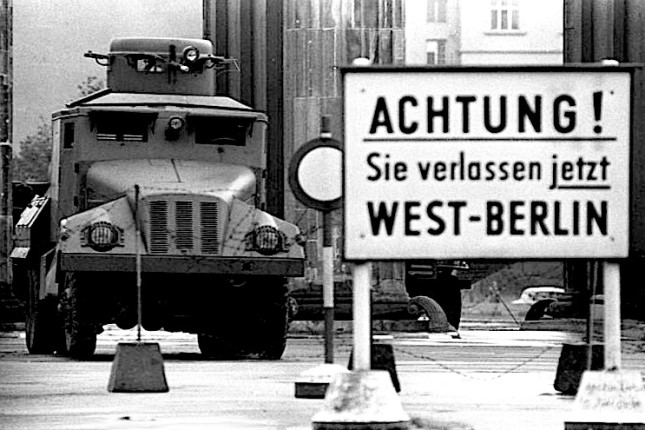
“Attention! Leaving West Berlin,” August 1961. Photo: Bundesarchiv / Helmut J. Wolf / Wikimedia Commons / CC-BY-SA 3.0.
The Soviets were not given any chance with the Marshall Plan, as the investment was explicitly crafted to halt the spread of communism and challenge Soviet influence. While ostensibly the Marshall Plan intended to get war-torn Europe back on its feet through distributing grants and loans, this U.S.-led initiative came with a series of strings attached, including creating markets for U.S. products and ideologically pressuring European labor leaders to reject communism.
Then, with the Marshall Plan winding down, the IMF and World Bank went to work—but with the U.S. and its allies. International development policy took on an explicit anti-communist approach, concretized by the economist and advisor to multiple U.S. presidents, W.W. Rostow, whose perspective was crystallized in his book, The Stages of Economic Growth: A Non-Communist Manifesto.
You don’t need to be a geographer to see how for most of the 20th century, significant sections of the world were systematically excluded from the liberal world order. Just as apparent is how the economic system championed was what the U.S. promoted.
Liberal Democracy & "Shock Therapy"
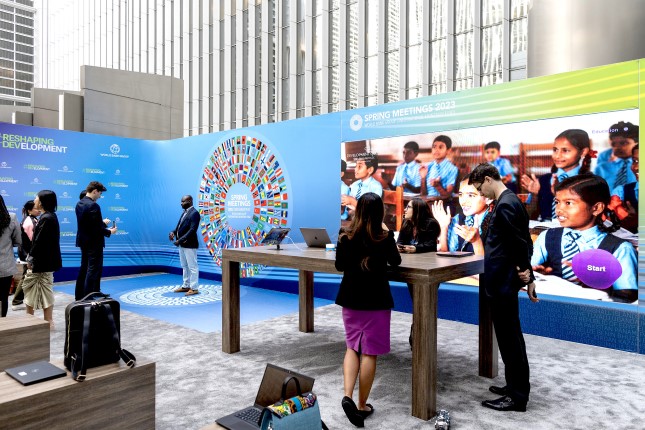
“Reshaping development” session during World Bank spring meetings in Washington, D.C., April 12, 2023. Photo: World Bank / Flickr / CC-BY-NC-ND 2.0.
The IMF and World Bank expanded in the ’80s and ’90s as countries with Soviet-style political and economic institutions embraced liberal democracy, apparently bringing the entire world together.
The World Trade Organization (WTO) was created in 1994 with the intention to have countries meet periodically to discuss how to lower tariffs and facilitate trade. China’s inclusion in 2001 was heralded for the hope that every country would finally participate in the same system.
Yet this expansion came at a tremendous cost, particularly in terms of national sovereignty and public welfare.
Such costs were found in the application around the world of economic “shock therapy” programs where, in a short period of time, governments had to slash public spending and promote privatization. Countries made such changes, otherwise known as structural adjustment programs, which the IMF and World Bank teamed up to impose on impoverished, often debt-ridden countries.
Throughout, the U.S. has enjoyed more decision-making power than any other country in both the IMF and the World Bank. This is seen in the financial contributions that countries make to these institutions, which are set according to the size of a state’s respective economy.
The WTO, on paper, is meant to make decisions by consensus. Yet, even here, the U.S. has wielded disproportionate power with its ability to call for negotiations and also end them.
It is true that the WTO has been stalled since 2003 due to opposition from developing economies such as Brazil and India. It is also the case that, despite negotiations stopped, the WTO’s dispute settlement mechanism continued to promote American-style free trade and hogtie different states from making economic decisions on their own.
A fairer, more inclusive economic world order would recognize the harm that colonialism has inflicted on countries in Africa and Latin America.
Structural adjustment would not mean force feeding free markets to desperate governments, but negotiating ways for countries such as France to pay reparations to formerly dominated, subjected states like Haiti.
Reforms made to the World Bank and the IMF, or entirely other institutions with global reach, would ensure that developing countries would have more decision-making in development projects that affect them instead of being dictated to on what to do by the U.S. and its allies.
The rules of the post-war economic order were premised on U.S. domination and hierarchy. This is the history that Biden is working with and that his new industrial policies repeat. Let’s remember this, for if we want a more just and inclusive world economic order, we need to make significant changes that will run up against decades of hierarchy and exclusion.
Photo: U.S. President Joe Biden at the groundbreaking site of the new Intel semiconductor manufacturing facility in New Albany, Ohio, September 2022 © White House / Adam Schultz.
Source: Consortium News.
